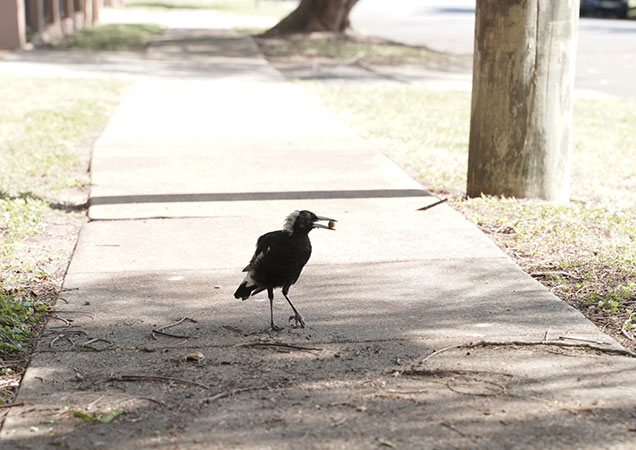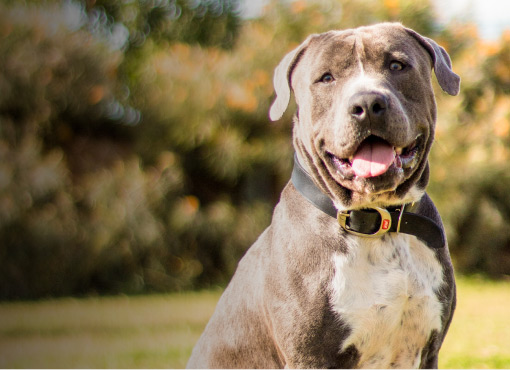Some birds will all instinctively protect their territory, nest, and young this time of year. Swooping is the most common way of scaring off intruders (whether it is humans or other animals) and this behaviour can last up to six weeks. Once the chicks have fledged, the problem will stop.
The main bird species that display swooping behaviour are the Australian Magpie, Crow, Magpie-larks, Noisy Miner, Grey Butcherbird and Masked Lapwing (Plover) although any nesting bird may swoop people who get too close to their nest.
It is important to note that very few birds from the total population show overt aggression towards humans, and of those that have become aggressive, very few have actually attacked humans.
Remember, don’t try to remove bird nests yourself! In Queensland, the Wildlife Act prevents people from removing or destroying nests without a special permit and authority.
What can you do if a bird is swooping in your area?
- Avoid the nesting area if at all possible during the incubation and raising of the chicks. Take a slight detour if possible; most birds will only swoop within a 50 metre range of their nest. Walk quickly away from the area, but do not run.
- Travel in a group; swooping birds generally target individuals.
- Wear a broad-brimmed hat or other headgear to eliminate the risk of injury during attacks. Paint eyes on the back of the headgear. The bird will think that it is being watched and will not swoop.
- Wear glasses to protect your eyes
- When on a bike, wear a helmet and/or have a flag attached to the rear of the bicycle when riding through an area where birds are swooping, or try hopping off your bike and walking it, rather than riding quickly.
- Place warning signs outside of the swooping area to warn others, you can contact your Council for assistance.
For extreme cases where birds are attacking members of the public and all avoidance methods have been actioned, please contact the Department of Environment and Science (DES) for assistance.




